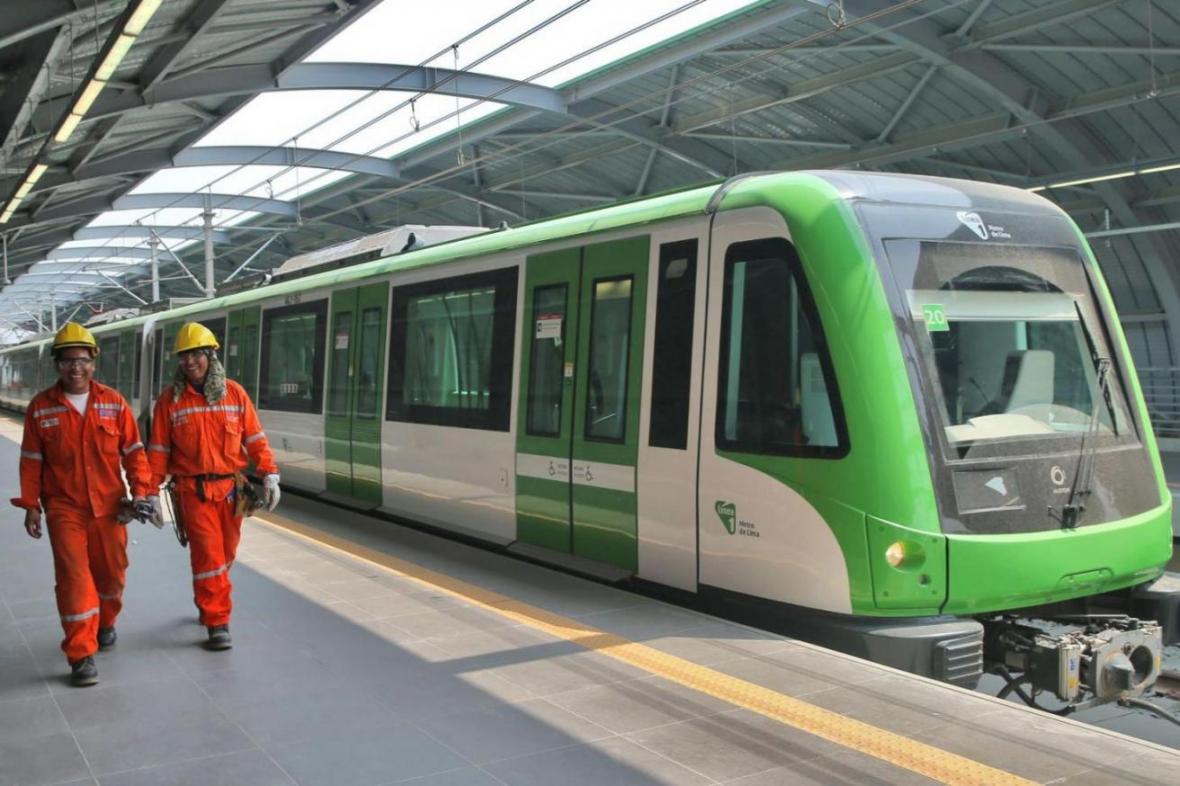The longstanding need to inject massive amount of infrastructure investment to boost Latin America’s lackluster economies moved onto center stage at the Inter-American Development Bank annual meetings as officials highlighted the need to find alternative engines of growth.
With Latin America’s economy facing another lost year, the quest for growth is intensifying, especially the search for alternatives to replace the commodity-driven motor that drove the region during the last boom. One such solution, according to delegates at the IADB’s annual meeting in the Bahamas, could be infrastructure, Emerging Markets reported.
While the region’s performance is dragged down by the steep recessions in Brazil and Venezuela, most countries will see growth remaining low this year and next as the prices for minerals and oil and gas remain low. Indeed, the region is set to shrink by 1% this year and remain overall in recession.
“In the last 12 months there has been a substantial change, the winds have shifted even more,” Enrique Garcia, head of the CAF Development Bank of Latin America told Emerging Markets. “Crisis brings new opportunities and I really hope that in a year we will be able to say that we are moving in the right direction.”
Attract Investment
Shelly Shetty, senior director and head of Latin American sovereigns at Fitch Ratings, said countries were making efforts to increase infrastructure to attract investment to drive growth. According to the World Economic Forum, Latin America needs to invest annually 5% of GDP to close its investment gap, up from the current levels of 2-3%.
Roberto Sifon, lead analytical manager for sovereign and public finance at Standard & Poor’s, said infrastructure investment would be critical. “I think that infrastructure is a huge driver that is still a sleeper,” he said. “There is ample space for infrastructure investment.”
Productive Capacity
Infrastructure is the obvious path chosen by countries like Colombia and Peru, which are expected to beat regional growth averages this year. Colombia anticipates growth around 3% this year, while Peru’s government estimates 4%. The two countries are pushing ahead with huge projects. Colombia’s $25 billion 4G project is off the ground and Peru’s government has awarded the single largest contracts in its history. Line 2 of the Lima Metro alone will require more than $5 billion, while a second natural gas pipeline will be just north of $4 billion.
These amounts are important for both countries, but they pale in comparison to the massive numbers Brazil talked about before the onset of its political crisis. Some estimates put the infrastructure bill close to $900 billion.
The CAF’s Garcia said that while infrastructure investment is critical for growth, it has to be aimed at creating conditions for increased productivity. “There needs to be a productive transformation and investment needs to support this,” he said.
Luis Alberto Moreno, president of the IADB said the region needs to find its own sources of growth. “These sources are in our capacity to generate more productivity. This is not only an issue for Latin America, but it is a worldwide issue. It is the difference between the new and the old economy.”
Growth Engines
The president of the World Bank, Jim Yong Kim, is urging Latin American leaders to use this week’s IADB meetings to hammer out a plan to get the region growing again after the commodity price crash.
Kim acknowledged that the current state of the world economy could make that a difficult task. He said that policymakers should look to the steps that China had taken to shift its economic model away from investments and exports towards consumption and services in the face of the downturn in demand for commodities and heavy manufacturing.
“The lower commodity prices are really forcing every Latin American economy to think about diversifying its economy,” Kim said. “While that rolls of our tongues very easily, it is actually quite hard to find new drivers of economic growth.”


